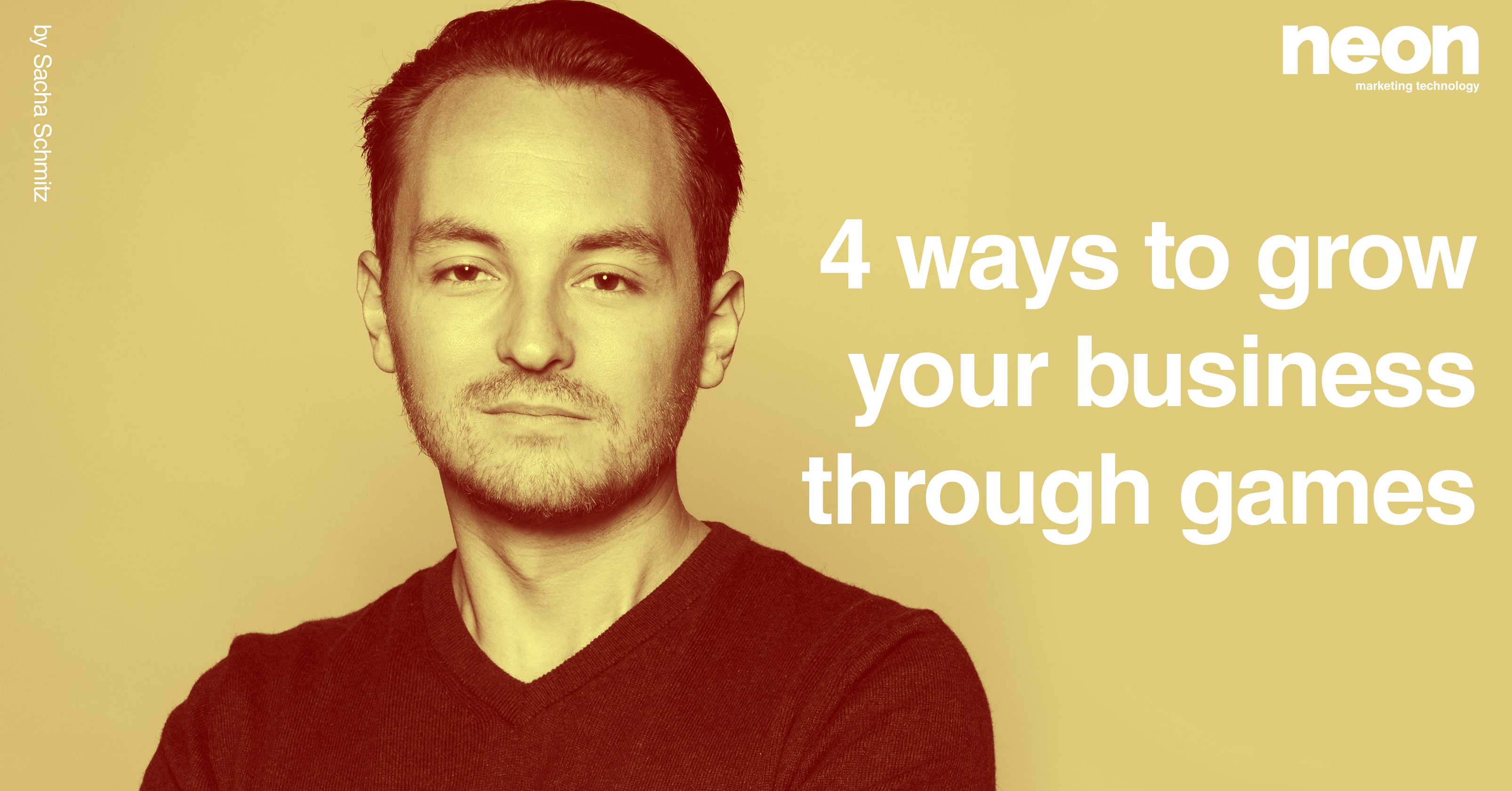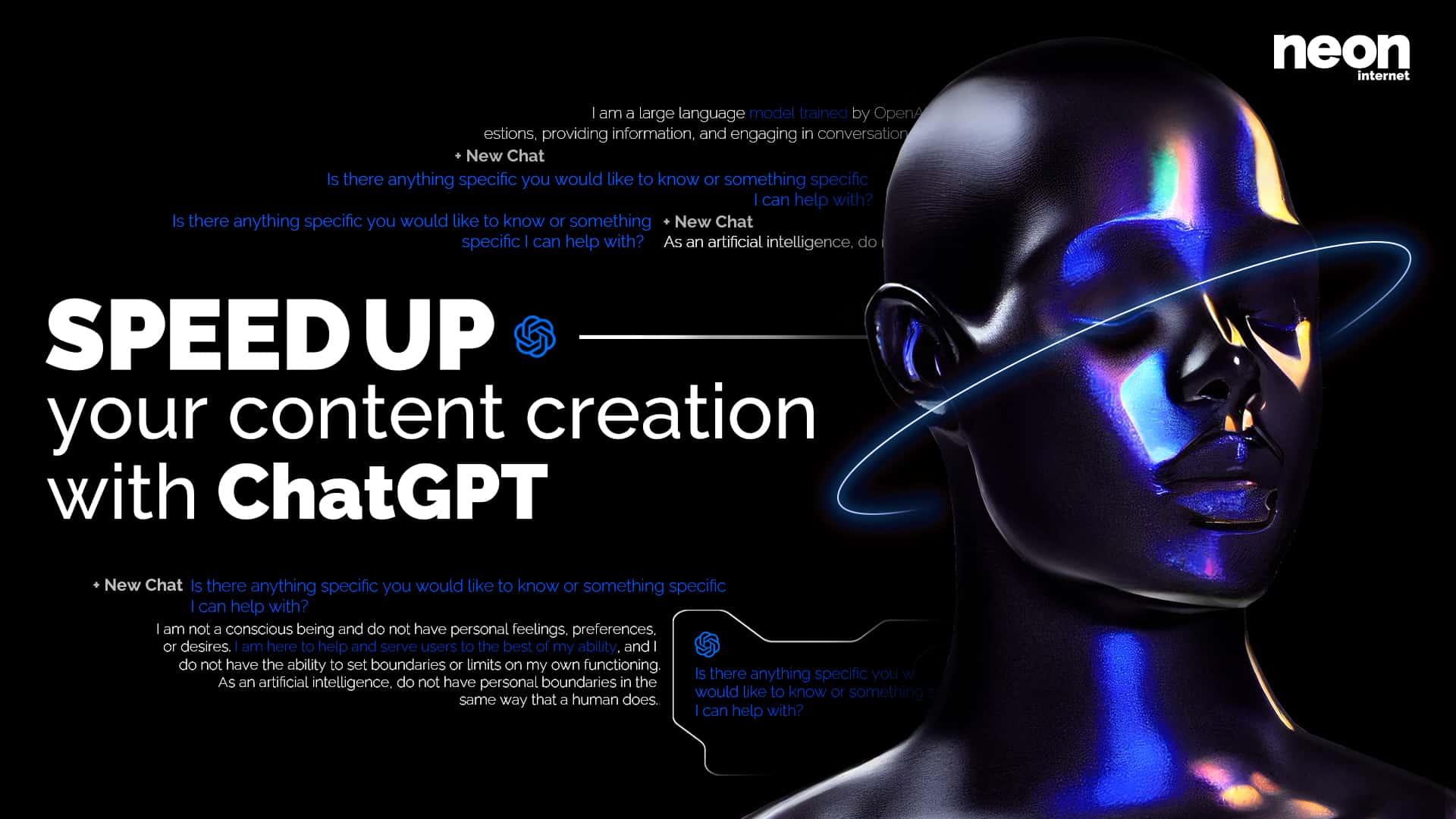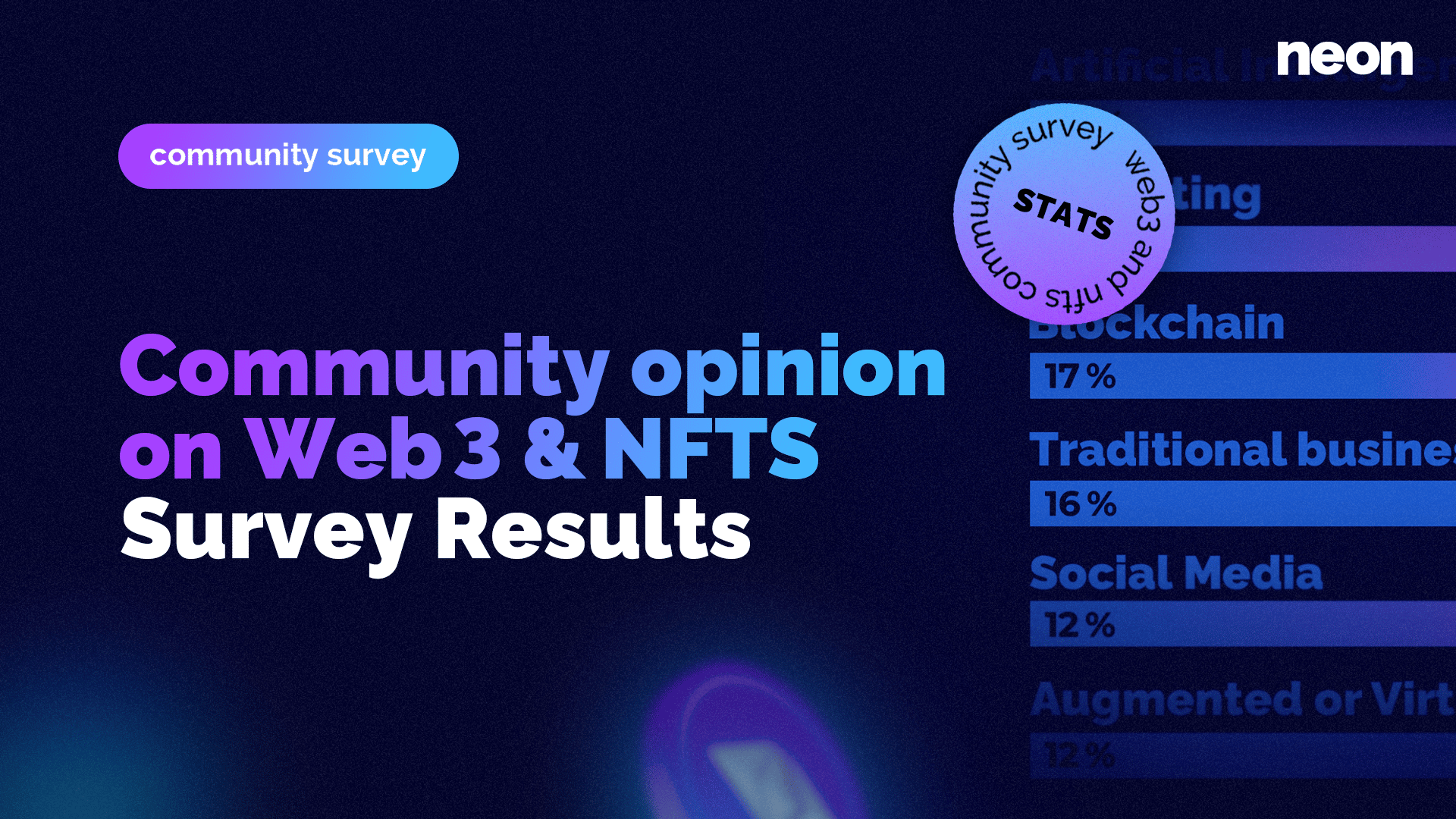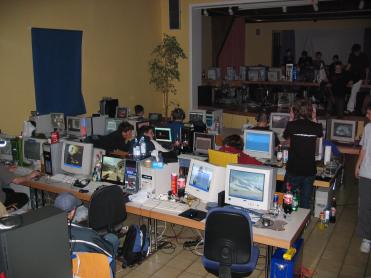
Nostalgia: Our oldest “Lan Party” photo we could find (Sorry for the low resolution 🙂 )
(2005, Schieren LU)
Since we’re all super hyped about the release of “World of Warcraft Classic” in a week, we thought we’d take the chance and show you how games can actually become a part of your marketing strategy. Of course, not every business is predetermined to use and apply these tips. Yet this doesn’t mean, that you can’t benefit from the ever-growing industry and its popularity among old and young.
1. Gamification
Gamification is defined as a process of integrating game elements and principles into non-game contexts. This doesn’t mean that you have to make a game out of your products or services. Small adaptations like achievements on your website or in your app are easy implementations that don’t require a lot of money. All it takes is innovation and a good concept.
Applying the gamification-method on simple features makes the usage more fun for your visitors. You could create a mini-game on your landing page that shows a global high score, which will bring people to compete against each other. To encourage the visitors, completing the game might even offer them a one-time price reduction on your products.
Here’s a great example of a very basic games, implemented on a website:
From Nasa.
Apart form that, you also can get a little more creative and alternative like illo.tv was, when creating their Technology-Tarot-Bot.
This kind of gamification also works great on mobile ads. Giving people the chance to interact or play with your ads extends duration they actively consume it, and at the same time improves the click-through-rate effectively. The same can be said for your Instagram/Facebook Stories as well. The more interactive your Stories are (the more people view and click on them), the better your account will be ranked by Facebook’s algorithms.
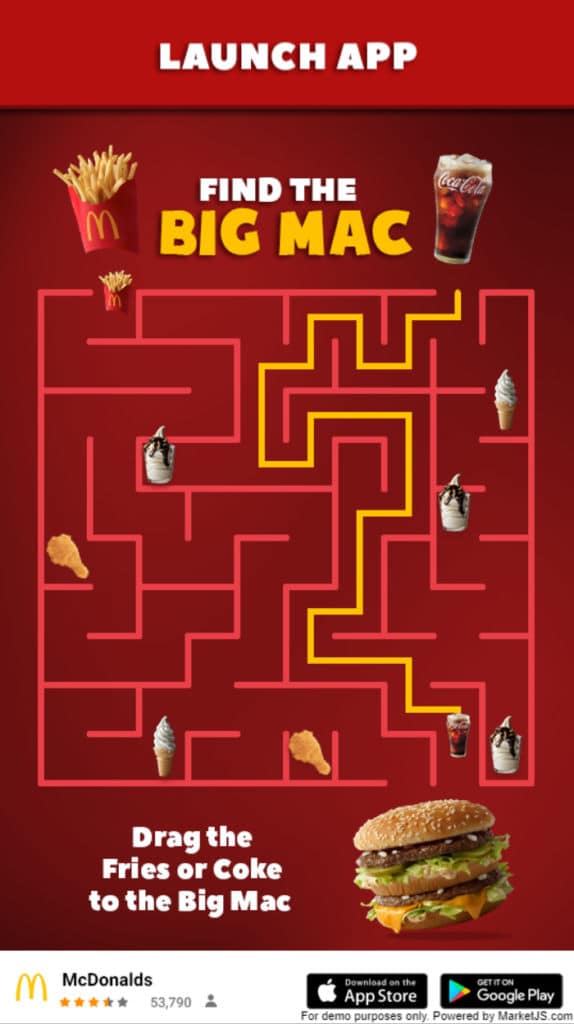
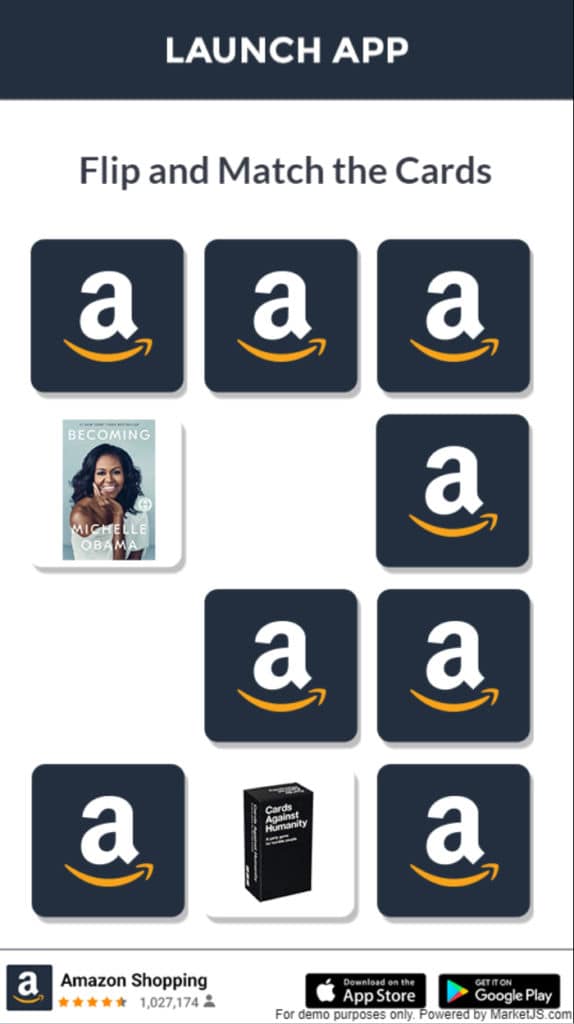
2. Mobile games
Another approach is to collaborate with existing mobile games and place your ads into their games. In mobile-games, ads are often used in combination with a reward system: the player watches ads and will get an in-game award in return. This way the user actively chooses to watch your ads and is casually forced to watch them until the end. A win-win situation for you and the consumer.
Additionally, you can go one step further and establish an exchange of rewards between two platforms or services. Let’s say you collaborate with a developer of a very popular mobile game. You offer every user that reaches a predefined goal (e.g. reach a level) in said game a price reduction in your store. Simultaneously the game grants their players a reward if they purchase something on your website. You are sending customers and visitors each way without actually spending a lot of money on it.
Or maybe even your services and products are suited for developing a small game. As the production of simple games gets easier and easier, there is reason to consider working with talented developers to produce your own app or mini-game.

3. Sponsorship
Your business just isn’t compatible with games, and you can’t think of a decent way to merge those two things? Being a sponsor can open the door for you. As a sponsor you financially support teams, streamers, youtubers and other content producers so they can make more content and keep up their work. In return you get visibility and references on the platform and are able to reach a new audience.
Even though the audience might seem unfitting, you should be able to find a couple common interests and capitalize on them. This is especially true if the streamer/youtuber himself has evident interests that conform to your products or services. Usually the amount of competing companies is pretty low, up to the present! The industry is growing though, and so is the competition.
In addition, you could actively interact and support a specific community by gifting subscriptions to their favorite streamer-channel. Typically, streaming-platforms (e.g. Twitch, Facebook Gaming, and other alternatives) allow users to donate money to the streamer that they enjoy watching. This leads to the streamer having more resources and time to maintain his channel. Besides donations, subscriptions are the most common way to support a person. This feature lets you pay a fixed monthly-fee to the streamer and in return you will get a visible supporter-badge that everyone can see.
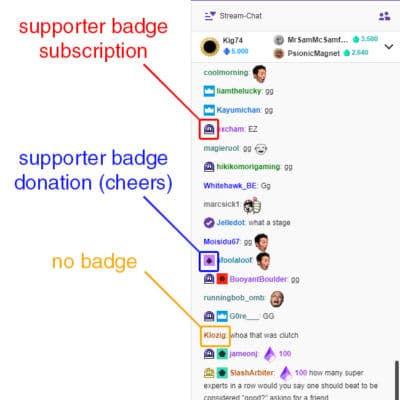
Being subscribed to a streamer makes you a part of that community, or how users might put it: you will become a part of the family. By donating subscriptions and being active in chat, you can subliminally promote your services and the audience will appreciate it, because you give something back that is important to them. All of this only works of course, if the streamer gives you the permission to do so. Randomly appearing in a chat and trying to promote products will get you banned.
Working with a streamer/youtuber means having a communication medium to an audience on an emotional basis. Most of the time, viewers even watch ads voluntarily because they know that this supports the streamer that they love watching. Use this interpersonal connection to your advantage.
As a matter of course you can also support streamers, youtubers and teams with gear and accessories that are useful to them and visible on their broadcasts. In general, everything you see in the video of famous streamers was sponsored by someone. The hoodie he wears with a brandname? Sponsored! The chair he sits on? Sponsored! His keyboard, mouse, mousepad, microphone and even screen? Right, sponsored sponsored sponsored! Streamers, like GrandPooBear, are to the gaming industry, what influencers are on Social Media.

Don’t want to sponsor, but you’re a gamer yourself? Put your company’s website URL next to your gamer tag (if allowed by the game’s terms of service).
4. Virtual Reality
Virtual Reality offers a unique style of interaction between the consumer and the seller. You are not online watching a video on your smartphone or desktop screen, but you become one with the content that was created. Broadly speaking, you have the option to either exhibit the VR experience at an event or provide the video, or game, to users that own VR-gear at home. The VR-goggles surround the user with a 360° image, that leads them to believe they entered a different environment or world. You can not only use this to create immersive advertising, but also take your customers to places they couldn’t go otherwise. People love VR once they try it. This fact alone can lead to a strong new customer relation.
Create a virtual tour through your newly renovated shop, when you are on exhibitions or other offline-events. Produce breathtaking ads that are adjusted for VR users. Take your customers on a digital safari-ride, when they are at your travel-agency and about to book a trip to South-Africa. Strengthen the message of your animal-rights project with a VR video in an animal shelter. The only limit is your imagination. VR is an entertainment platform that can be combined with information and emotions effectively, thus giving you the possibility to enhance the immersive consumption of your content.
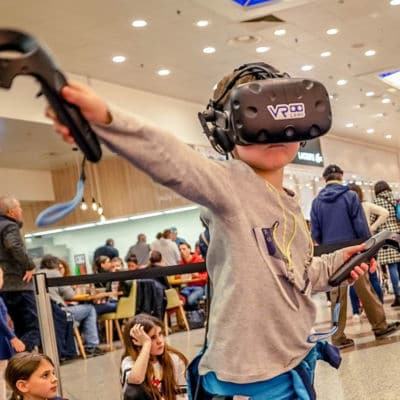

Photos: www.vrland.lu
Conclusion
When it comes to using games in your marketing strategy there is more to it than meets the eye. The huge number of different approaches make this a prospective traction channel that you should take seriously. Although it might seem unfamiliar in the beginning, you shouldn’t disregard any path that has the potential to accelerate your business growth.
Gaming has become a matter of course and will be, beyond doubt, more relevant in the future.
Until then, see you in Azeroth ✌️
Lok’tar Ogar.
